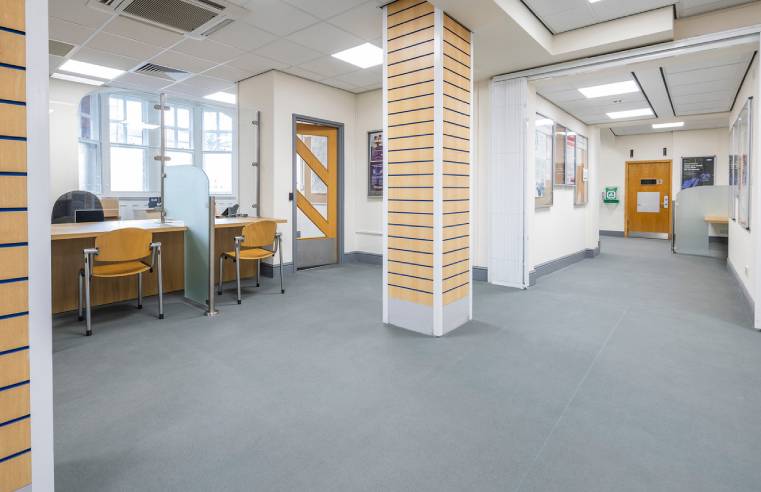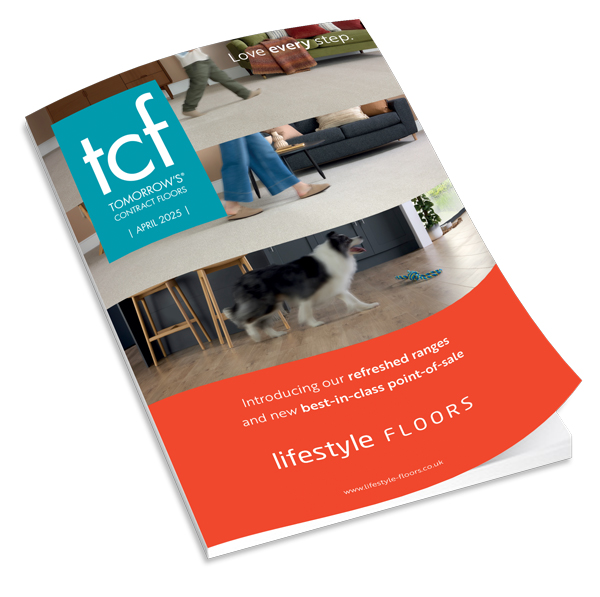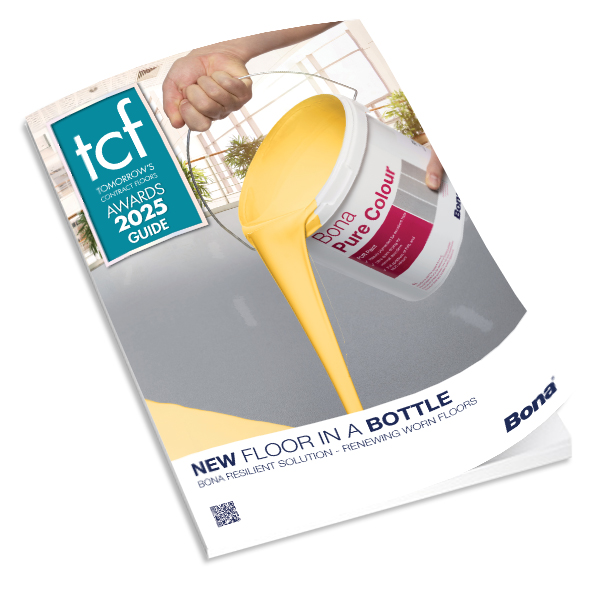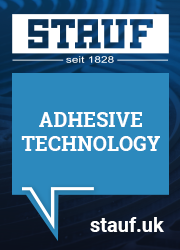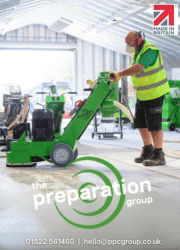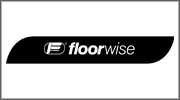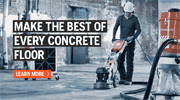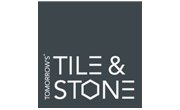F. Ball and Co. Ltd provides expert advice on selecting subfloor preparation products to ensure contractors can meet the strict deadlines required within educational facilities.
During the refurbishment of a school or college floor, a thorough assessment of the subfloor should be completed and its intended use and other factors must be carefully considered to ensure long-term durability. In an educational setting, the floor will be expected to endure high volumes of daily foot traffic, whilst remaining secure and hygienic.
Safeguarding against moisture
Unmanaged moisture, whether residual construction moisture or rising damp, is one of the leading causes of floor failure, causing resilient floorcoverings to blister or adhesives to de-bond. This can lead to the movement of floorcoverings, result in the growth of mould and bacteria that can potentially cause a health risk to people in the immediate environment, as well as being a potential trip hazard. To avoid these problems, a moisture measurement test should always be conducted before the installation of a new floorcovering and a waterproof surface membrane installed if required.
To measure the relative humidity (RH) levels within the subfloor, F. Ball recommends the use of a pre-calibrated digital hygrometer. If RH levels exceed 75%, or 65% when installing wooden floorcoverings, a waterproof surface membrane should be used to manage moisture levels.
Water-based moisture management systems, which are ideal for biologically sensitive school settings and effective against RH levels up to 95%, are now available. These products offer contractors a speedy way to bring new classrooms into use, delivering a barrier against residual construction moisture with a drying time of under two hours.
Further advancements in flooring technology mean that single-coat epoxy waterproof surface membranes which provide protection against RH levels as high as 98% are now available in single coat, fast drying formulations to save valuable time.
Preparing smooth subfloors
Once the floor is dry enough to proceed, a levelling compound should be selected to provide a surface suitable to receive the new floorcovering. Within educational environments floors will be expected to receive high levels of daily foot traffic, so using a high-strength levelling compound will help ensure long-term durability of the floorcovering.
Another common requirement of a school flooring refurbishment is that projects are completed within tight deadlines, such as during weekends or school holidays. High performance levelling compounds that can be applied directly over bitumen and adhesive residues offer significant timesaving benefits for contractors working to a deadline. One such product, F. Ball’s Stopgap 1200 Pro, takes as little as 60 minutes to set and is ready to receive floorcoverings from as little as four hours. In most applications, including when it is applied over old adhesive residues, it is not essential to prime beforehand, saving further time.
Choosing the right adhesive
To deliver the perfect finish, an adhesive should be chosen that meets the needs of both the school environment and the new floorcovering. Vinyl, which is easy to clean and maintain, is popular in educational facilities, and is best adhered by an adhesive with good initial tack and high final bond strength.
New hybrid adhesives, such as Styccobond F49 Hybrid PS from F. Ball, are now available that combine temperature tolerance with pressure sensitive qualities, ideal for areas such as classrooms and corridors that are often heavily glazed to allow sufficient light into the building. As such, Styccobond F49 has good initial tack and high bond strength, which holds vinyl sheet, tiles or planks firmly in place once positioned by the contractor.
Carpet tiles are another popular choice for areas such as libraries or common rooms, not least for their ability to be removed and replaced if individual tiles become worn or damaged. For this floorcovering, a carpet tile tackifier provides a permanently tacky film that prevents the tiles from moving laterally under everyday traffic, while allowing individual sections of carpets to be lifted and replaced with ease.







